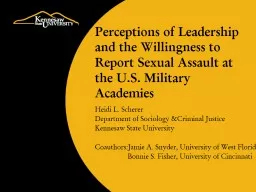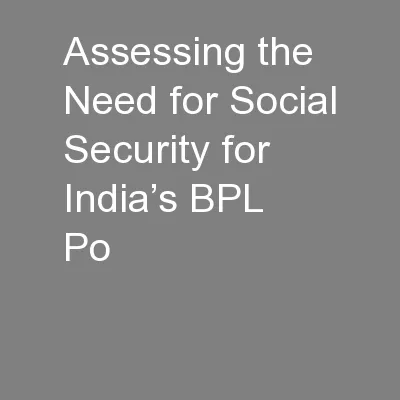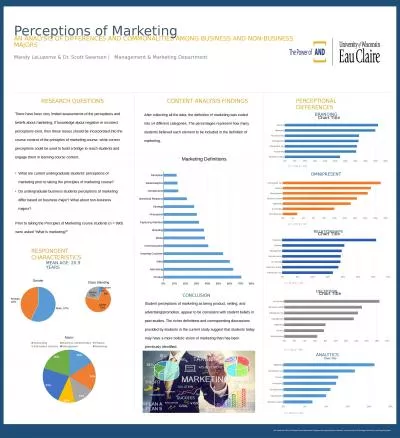PPT-Perceptions of Leadership and the Willingness to Report Sex
Author : yoshiko-marsland | Published Date : 2017-12-22
Heidi L Scherer Department of Sociology ampCriminal Justice Kennesaw State University CoauthorsJamie A Snyder University of West Florida Bonnie S Fisher University
Presentation Embed Code
Download Presentation
Download Presentation The PPT/PDF document "Perceptions of Leadership and the Willin..." is the property of its rightful owner. Permission is granted to download and print the materials on this website for personal, non-commercial use only, and to display it on your personal computer provided you do not modify the materials and that you retain all copyright notices contained in the materials. By downloading content from our website, you accept the terms of this agreement.
Perceptions of Leadership and the Willingness to Report Sex: Transcript
Download Rules Of Document
"Perceptions of Leadership and the Willingness to Report Sex"The content belongs to its owner. You may download and print it for personal use, without modification, and keep all copyright notices. By downloading, you agree to these terms.
Related Documents














